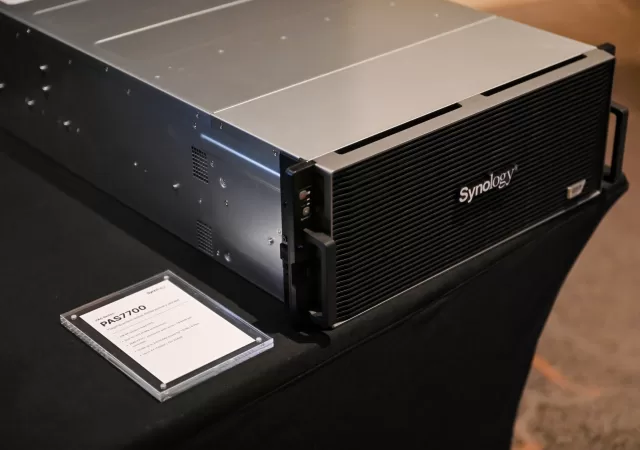Update (1 October 2025) – Samsung Malaysia has reached out to us with an official statement. Statement per below:
The safety of customers is our top priority. This is an extremely rare case, and we are in direct contact with Mr. Rotar to retrieve the product and learn about the concerns.
Original Article published on September 30, 2025
Samsung’s entrance into the smart ring market with the Galaxy Ring was celebrated as a move toward unobtrusive health tracking. However, a recent and alarming incident involving a battery malfunction has highlighted a unique safety concern for this new category of wearables, one that required emergency medical intervention and caused significant disruption to the user’s travel plans.

The incident, first reported by tech creator Daniel Rotar of ZoneofTech, details how the lithium-ion battery within his Samsung Galaxy Ring began to swell while he was wearing it. The device, which is designed to fit snugly, quickly tightened around his finger as the internal battery expanded, causing pain and making it impossible for him to remove the wearable himself. Photos shared by Rotar showed the inner part of the ring visibly bulging and separating from the case, pushing against his finger.
The situation escalated when Rotar attempted to board a flight from Hawaii. Due to the swelling and the nature of the lithium-ion battery, he was denied boarding by airport staff over concerns that the device could pose a fire hazard during the flight. With the ring stuck and causing increasing discomfort, Rotar was forced to seek emergency medical attention and missed his scheduled flight.
At the hospital, doctors successfully removed the ring. The process involved using ice to reduce the swelling in his finger, combined with a medical lubricant to gently slide the device off. Attempts made earlier at the airport to use soap and hand cream had reportedly worsened the situation, causing the swelling to increase. Images of the ring after its removal showed the device’s internal structure visibly damaged and distorted. The outer part of the ring, often made of durable materials like titanium, is rigid and does not expand, meaning any battery swelling directs all pressure inward, directly onto the wearer’s finger. This is a distinct risk factor for smart rings compared to watches or phones, where a swelling battery might only alter the shape of the casing.
In a statement provided to the media, Samsung acknowledged the issue, stating that the safety of their customers is a top priority and that they are in direct contact with the user to learn more. The company described such experiences as “extremely rare” and offered generic advice for removal, such as using soap and water or submerging the hand in cold water. Rotar, who had been using the Galaxy Ring since January 2025, surmised that factors such as the intense heat in Hawaii, exposure to saltwater, or an already faulty battery might have contributed to the failure. This incident, although reported as isolated, has sparked wider concerns about the durability of slim lithium-ion batteries under real-world conditions and the unique safety risks posed by wearables designed to fit snugly around a user’s finger.






